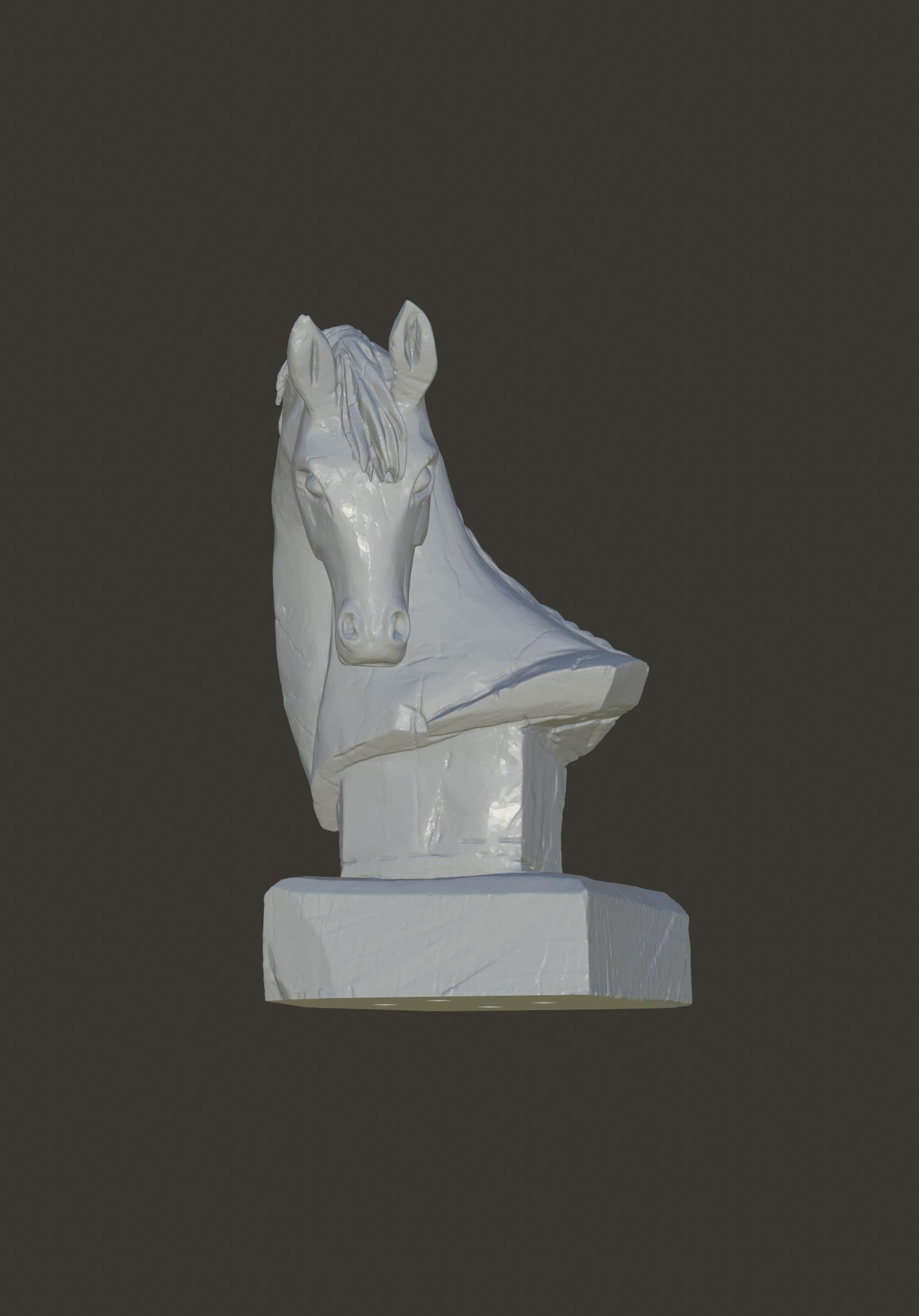What is a Handheld 3D Scanner?
A handheld 3D scanner is a portable device used to capture the dimensions and details of physical objects in three dimensions. Employing various technologies such as laser triangulation or structured light, these scanners record a multitude of data points to create a digital 3D model. Users can effortlessly maneuver a handheld scanner around the item to gather comprehensive data, making it ideal for applications in manufacturing, conservation, and reverse engineering. The convenience of a handheld device allows it to be used in diverse environments, expanding its usability in fields that demand precision and efficiency.

Pros and Cons of Using Handheld 3D Scanners
Handheld 3D scanners offer numerous advantages, including versatility, portability, and user-friendly designs. One of the primary benefits is that operators can scan objects of varying sizes and shapes without being tethered to a fixed location. However, there are also limitations, including potential accuracy issues compared to stationary scanners and a learning curve for new users. Understanding these aspects helps users decide if a handheld 3D scanner meets their specific requirements. Those considering a purchase often weigh these pros and cons against their project goals and constraints.
Handheld 3D Scanner Price Considerations
When evaluating a handheld 3d scanner price, it’s essential to consider the features and specifications that correlate with your needs. Prices can vary significantly based on functionality, brand reputation, and included software. In general, higher-end models equipped with advanced technology will come with a steeper price tag. However, investing in a quality device can yield substantial long-term benefits through enhanced efficiency and accuracy. Users should also contemplate the costs associated with maintenance and software updates, which can significantly influence the total investment over time.

Choosing a Professional 3D Scanner
A reliable professional 3d scanner is crucial for industries that demand high fidelity and precision in their digital representations. Different models cater to varied requirements, from entry-level scanners for hobbyists to sophisticated devices for professional applications. Ensuring that the selected scanner aligns with industry standards can improve workflow efficiency significantly. Additionally, it’s beneficial to consider post-processing software compatibility, which can enhance the usefulness of scanned data. Investing in a professional scanner tailored to your specific needs can lead to high-quality outcomes and greater satisfaction with the end products.
Conclusion: Why Choose EINSTAR?
In conclusion, handheld 3D scanners serve as invaluable tools across numerous fields, delivering high accuracy and ease of use. For those looking to optimize their scanning processes, selecting a model from a reputable manufacturer is key. EINSTAR stands out as a leading provider, offering diverse options that leverage cutting-edge technology while ensuring top-notch performance. With a focus on quality and customer satisfaction, EINSTAR provides advantages in supply and support, making it an ideal choice for both professional and casual users alike.
